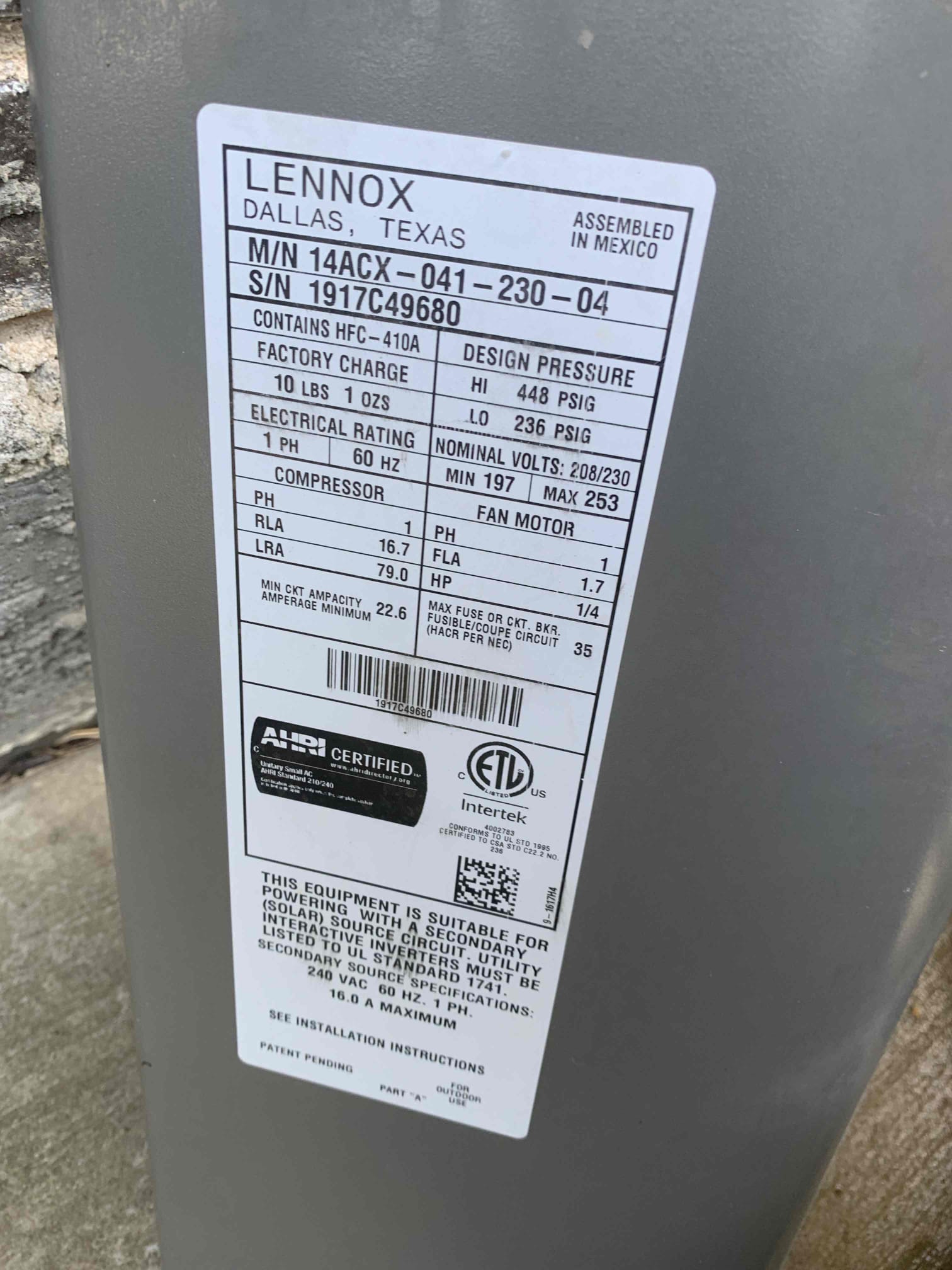1. Visually inspected condenser coil for debris/ dirty. 2. Inspected condenser fan motor. 3. Inspected condenser fan blades. 4. Inspected/ cleaned wiring connections. 5. Tested compressor/ condenser fan motor capacitor. 6. Checked compressor amp draw. 7. Checked condenser fan motor amp draw. 8. Inspected / replaced return filter. 9. Inspected return plenum for debris/ dirty. 10. Inspected evaporator coil. 11. Inspected blower motor/ blower wheel. 12. Checked blower amp draw. 13. Measured temperature differential from supply to return. 20 degrees measured. 14. Inspected drain lines and treated to prevent blockages 15. Rinsed condenser unit to promote heat exchange 16. Replaced and dated filters Both contactors were displaying burning and pitting on the contacts, as well as testing over 20 ohms. The upstairs unit that has the coil leak last yr looked much worse than the other. Homeowner elected to replace this contactor before it fails. The other contactor we will continue to monitor.
